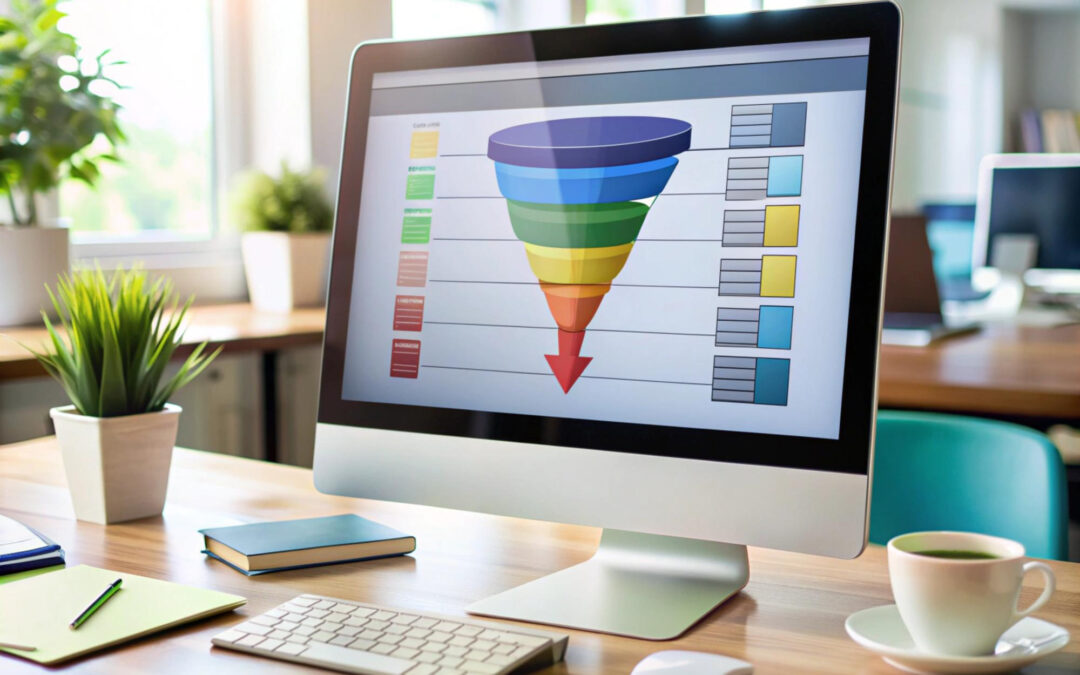Remarketing is a powerful strategy in digital marketing that allows businesses to reconnect with visitors who have previously interacted with their website or app. By targeting these users with tailored ads, remarketing increases the chances of conversion, making it one of the most effective strategies for boosting sales and engagement.
effective strategies for boosting sales and engagement.
In this blog, we will explore what is remarketing, how it works, its various platforms, and why this technique is so effective in driving business growth.
Remarketing Concept
What is remarketing? Simply put, remarketing is a strategy that targets users who have already interacted with your brand but have not completed a desired action, such as making a purchase or filling out a contact form. These users may have visited your website, watched your videos, or clicked on one of your ads.
By showing these potential customers tailored ads as they browse other websites or social media platforms, you can increase the likelihood of them returning to your site and converting.
Remarketing is particularly effective because it focuses on an audience already familiar with your brand, making them more likely to engage with your offer.
How Remarketing Works
The process of remarketing relies on tracking the behavior of visitors who engage with your site. Here’s how it typically works:
- User Visits Your Website: A visitor browses your site, perhaps viewing specific products or services.
- Tracking Cookies: A remarketing pixel or tracking cookie is placed on the user’s browser when they visit your site.
- Targeted Ads: As the user continues to browse other websites or social media platforms, they are served ads specifically related to their previous activity on your site, such as the products they viewed.
- Conversion Opportunity: By showing these relevant ads, you increase the chances of the user returning to complete their purchase or take the desired action.
This “reminder” is what makes remarketing so powerful – it’s essentially giving users another opportunity to engage with your brand when they’re more likely to take action.
Platforms
Remarketing can be implemented on several digital platforms, including:
- Google Display Network (GDN): One of the most popular platforms for remarketing, GDN allows you to display ads across millions of websites that partner with Google.
- Facebook & Instagram: With their advanced targeting options, Facebook and Instagram allow you to remarket to users who have interacted with your content or visited your website.
- LinkedIn: Ideal for B2B companies, LinkedIn remarketing allows businesses to target users based on their professional behaviors and interests.
- Twitter & YouTube: These platforms offer remarketing options that can be incredibly effective in reconnecting with users who have previously engaged with your content.
These platforms provide businesses with a broad reach and the ability to fine-tune ad delivery to maximize effectiveness.
Audiences
The effectiveness of remarketing is largely based on how well you define and segment your audiences. You can create custom audiences based on specific actions a user has taken on your website, such as:
- Website Visitors: Target users who visited specific pages but did not convert.
- Cart Abandoners: If a user added items to their cart but left without purchasing, remarketing can remind them to complete the purchase.
- Engaged Visitors: Focus on users who spent time on your site or engaged with content like blog posts or product pages.
- Email List Subscribers: If you have an email list, you can remarket to users who clicked through from your emails but did not convert.
By segmenting your audiences, you ensure that your remarketing campaigns are as relevant as possible, increasing the likelihood of conversion.
Advantages of the Strategy
Why use remarketing? There are several advantages to employing a remarketing strategy:
- Higher Conversion Rates: Remarketing focuses on individuals who have already shown interest in your brand, making them more likely to convert compared to cold leads.
- Cost-Effective: Remarketing allows you to target a highly relevant audience, often leading to lower cost-per-conversion compared to other advertising methods.
- Brand Recall: By continuously showing ads to users who have interacted with your brand, you increase brand recall and keep your business top-of-mind.
- Personalized Messaging: Remarketing allows you to deliver highly targeted and personalized messages based on a user’s past behavior, improving engagement.
- Maximizes ROI: Since remarketing focuses on users already familiar with your brand, the likelihood of successful conversion is much higher, ultimately resulting in better ROI.
Remarketing is not just about re-engaging users but doing so in a way that feels relevant, timely, and personal. This makes it one of the most effective strategies in the digital marketing toolkit.
Conclusion
Understanding what is remarketing and how to use it effectively is crucial for any business looking to boost its online presence and increase conversions. By strategically targeting users who have already interacted with your brand, you create opportunities to drive more sales and enhance customer loyalty.
If you’re interested in implementing an effective remarketing strategy, consider leveraging platforms like Google and Facebook, and always segment your audience for better results. Start remarketing today and see the difference it can make in your digital marketing success.



